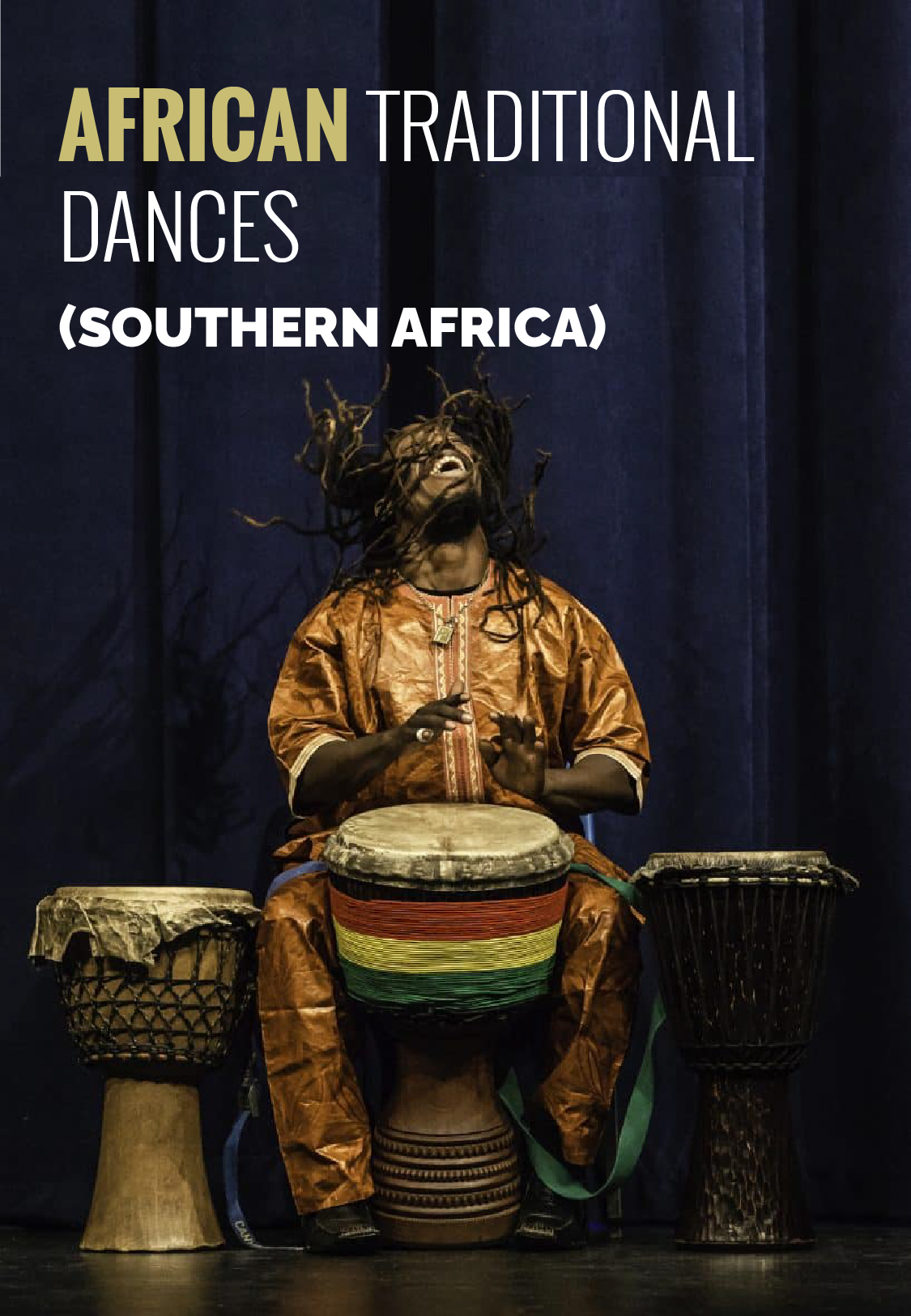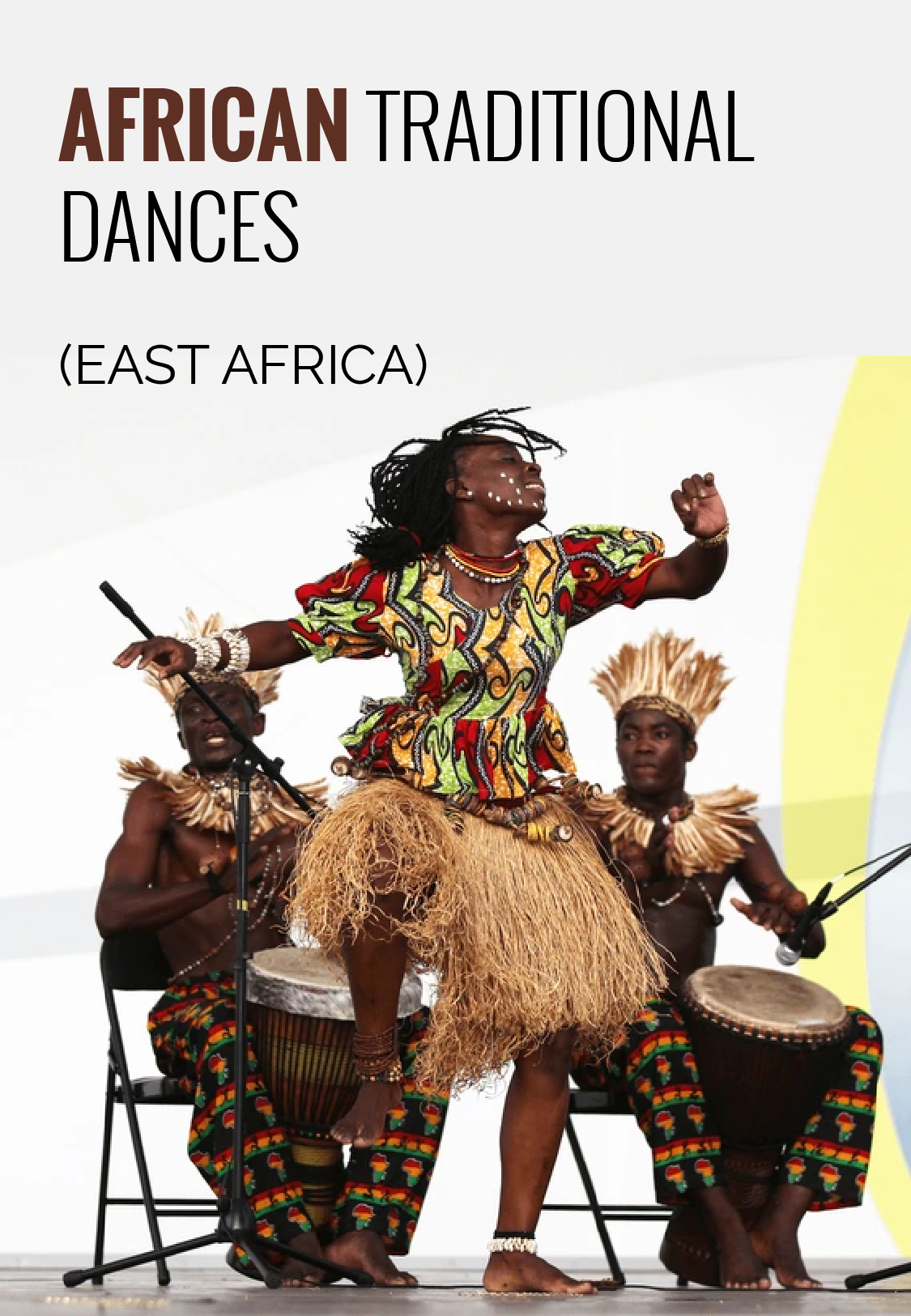West African dances are a rich tapestry of cultural expression, each with unique styles and purposes that reflect the diverse societies of the region. Here’s a summary of their significance:
-
Cultural Integration: Dance in West Africa is deeply woven into the social fabric, often serving multiple purposes within indigenous traditions. It reflects communal values and social relationships.
-
Ritual and Recreation: There’s often no clear distinction between ritual and social recreation in dance performances. For example, the Gelede mask dance in Nigeria starts as a ritual act and flows into social entertainment.
-
Diversity of Styles: The dances vary widely across the region, with some emphasizing pelvic movements, like the sabar or djembe, while others may focus on footwork or acrobatics.
-
Historical Significance: The roots of these dances go back to ancient times, serving in religious ceremonies, storytelling, and as a means of community cohesion.
-
Modern Evolution: While preserving traditional elements, West African dances have also evolved, incorporating modern styles and adapting to contemporary music and performance contexts.
These dances are not just art forms but are integral to the life and identity of West African communities, celebrating everything from everyday life to special occasions and rites of passage.






![Agribusiness Insights (Plantain farming [gonja]) Agribusiness Insights (Plantain farming [gonja])](http://alkebulantv.africa/upload/Movie thumbnails/plantain p-01.jpg)



Share